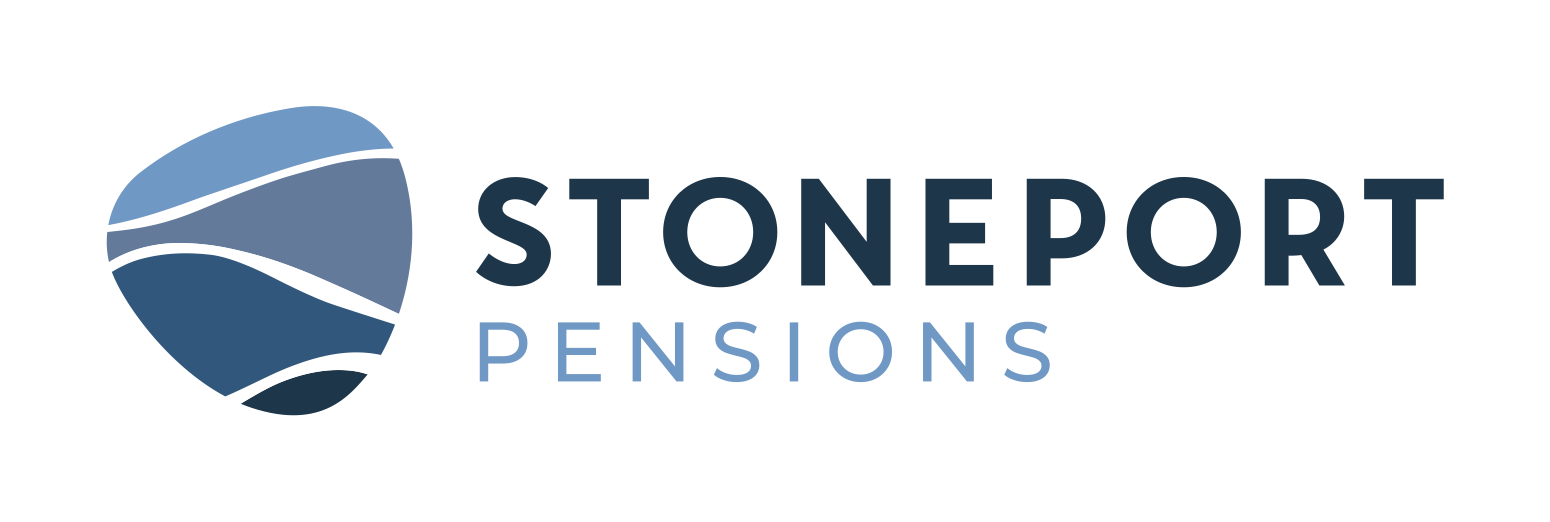Do trustees think smaller schemes offer value for money?

Continuing our series of blogs exploring findings from our report into end game challenges for smaller DB pension schemes, we ask do smaller schemes offer value for money?
Our research found that an overwhelming majority of trustees said they were at least somewhat confident that the way they operated their schemes offered value for money.
However, schemes with over 1,000 members were more confident they offered value for money, than schemes with 500 members or less. This is despite the fact there is no official industry standard measure of value for money for DB schemes.
Most trustees said they benchmarked their schemes against non-size-based industry averages or against data from schemes of a similar size.
Unfortunately, this kind of benchmarking may not offer schemes a good platform for considering the cost benefits offered by new ways of operating, as it is comparing with the status quo rather than the full slate of options that have become available
However, as the overall costs of funding a DB scheme rises with improving longevity and ultra-low gilt yields, efficiencies will help sponsors manage these costs. If companies are being asked to pay deficit reduction contributions on top of regular payments, they may start to scrutinise other charges they are responsible for too.
Affordability of the scheme is also inextricably linked to the strength of the covenant. By not managing costs effectively, trustees increase the risk of the employer not being able to fund the scheme and members ending up in the Pension Protection Fund.
Ultimately, though, by limiting their cost comparisons to similarly sized schemes as opposed to alternative arrangements, trustees risk missing out on potentially optimising governance structures, improving the security of member benefits, and gaining access to new investment opportunities.
Member communications
Maintaining a high standard of communication is always important to ensure members understand their benefits. It is particularly important at certain life events, such as when leaving a scheme or at retirement.
Two areas for improvement identified were the need for communications that are tailored to each member’s circumstances and for more modern communications such as using mobile phone apps and having an improved online presence.
Interestingly, these were much bigger priorities than more frequent communications, faster reporting of pension statements, or supplying financial education to members through for example blogs and webinars.
Access to investments
Despite many commenting that smaller schemes lacked the clout to negotiate in the same way as large schemes, generally, our research found that trustees were happy with their investment flexibility with just over three quarters of schemes saying they possessed all the flexibility they desired.
However, satisfaction varied significantly by size of scheme. Furthermore, some key investment areas were thought to be difficult to access such as direct property, infrastructure, renewable energy assets, and, to a lesser extent, other types of real assets.
Issues cited included minimum investment levels required to access certain types of illiquid assets, and diminished ability to negotiate fees. In addition, several trustees highlighted larger schemes can invest directly and may have a wider range of investment solutions available to them. Such buying power is rarely available to smaller schemes in isolation.
By contrast, relatively few trustees in our overall sample perceived it as difficult to invest in areas such as derivatives and other complex investment types, and even less saw environmental, social and governance themed investments and strategies as a problem area in terms of access.
Joining a pooled structure like Stoneport can enable smaller schemes to offer more value to their members in terms of driving down costs and improving communications and accessing a wider pool of investments. We recommend trustees explore the pros and cons consolidation can bring their smaller DB scheme.
Next time we will be looking at end goals and milestones. To read the Paths to the End Goals report in full click here.
